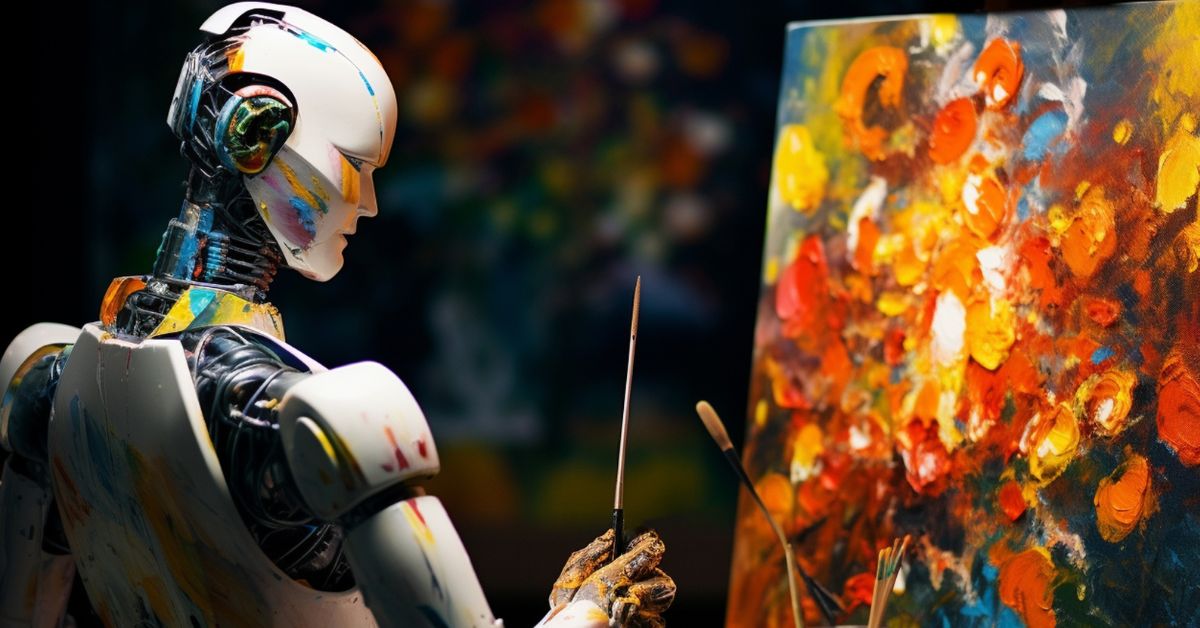The art and design industries are undergoing a revolution, driven by advancements in artificial intelligence (AI). These innovations have unlocked unprecedented possibilities, enabling artists and designers to push the boundaries of creativity and efficiency. With AI, the ability to transform abstract ideas into stunning visuals is no longer confined to those with years of experience or access to expensive tools. From conceptual sketches to photorealistic renderings, AI tools are reshaping the way creatives work and deliver their projects.
Empowering Creativity with AI
One of the most remarkable features of AI tools is their ability to streamline workflows while fostering creativity. Tools like AI picture generators allow artists to create detailed and imaginative visuals with minimal effort. By leveraging machine learning models trained on vast datasets, these tools can produce images in diverse styles, ranging from hyperrealism to abstract art. For instance, a designer might input a simple text description and receive a visually stunning interpretation in seconds.
AI tools also excel at enhancing existing work. For example, digital painters can use AI to refine their brushstrokes, adjust color palettes, or even generate realistic textures. Similarly, graphic designers can rely on AI to automate repetitive tasks like background removal, object resizing, or typography suggestions, freeing up more time for the creative aspects of their projects.
Bridging the Gap Between Imagination and Execution
Artists often struggle to translate their ideas into tangible results due to technical limitations or lack of resources. AI bridges this gap by acting as a collaborative partner, providing suggestions and automating complex processes. Imagine a fashion designer sketching an idea for a new collection: with AI, they can instantly visualize how the designs would look on a virtual model, complete with fabric textures and lighting effects.
Similarly, architects can use AI-driven design software to create 3D models of buildings, analyze structural integrity, and simulate environmental impacts. These tools not only speed up the design process but also ensure accuracy and sustainability, making them invaluable in modern architecture.
Making Design Accessible to All
AI tools are democratizing design by reducing the technical barriers that once limited creativity to professionals. Platforms offering drag-and-drop interfaces, pre-designed templates, and AI-powered assistants enable anyone, regardless of skill level, to produce high-quality visuals. Whether you’re an entrepreneur designing a logo, a student creating a presentation, or a hobbyist experimenting with digital art, AI tools provide intuitive solutions tailored to your needs.
Ethical Considerations and Challenges
While the benefits of AI tools are undeniable, their rise also brings ethical considerations. For instance, the datasets used to train AI models often include works by human artists, raising questions about intellectual property and copyright. Designers must remain vigilant about the origins of the content they create with AI to avoid unintentional plagiarism.
Another challenge lies in maintaining a balance between automation and human creativity. While AI can replicate styles and generate ideas, it lacks the emotional depth and intuition that only humans can bring to art and design. Therefore, artists and designers should view AI as a complementary tool rather than a replacement for their creative expertise.
The Future of Art and Design
As AI continues to evolve, its integration into art and design will only deepen. Emerging technologies like generative adversarial networks (GANs) and neural style transfer are opening new doors for innovation. In the near future, we might see AI tools capable of creating interactive art, designing immersive virtual environments, or even collaborating with humans in real time on complex projects.
The fusion of AI and creativity is not just a trend but a transformative movement redefining the boundaries of what’s possible. By embracing these tools responsibly, artists and designers can bring their imaginations to life in ways previously unimaginable, paving the way for a future where creativity knows no bounds.
ALSO READ: XAI770K: Exploring the Convergence of AI and Blockchain

